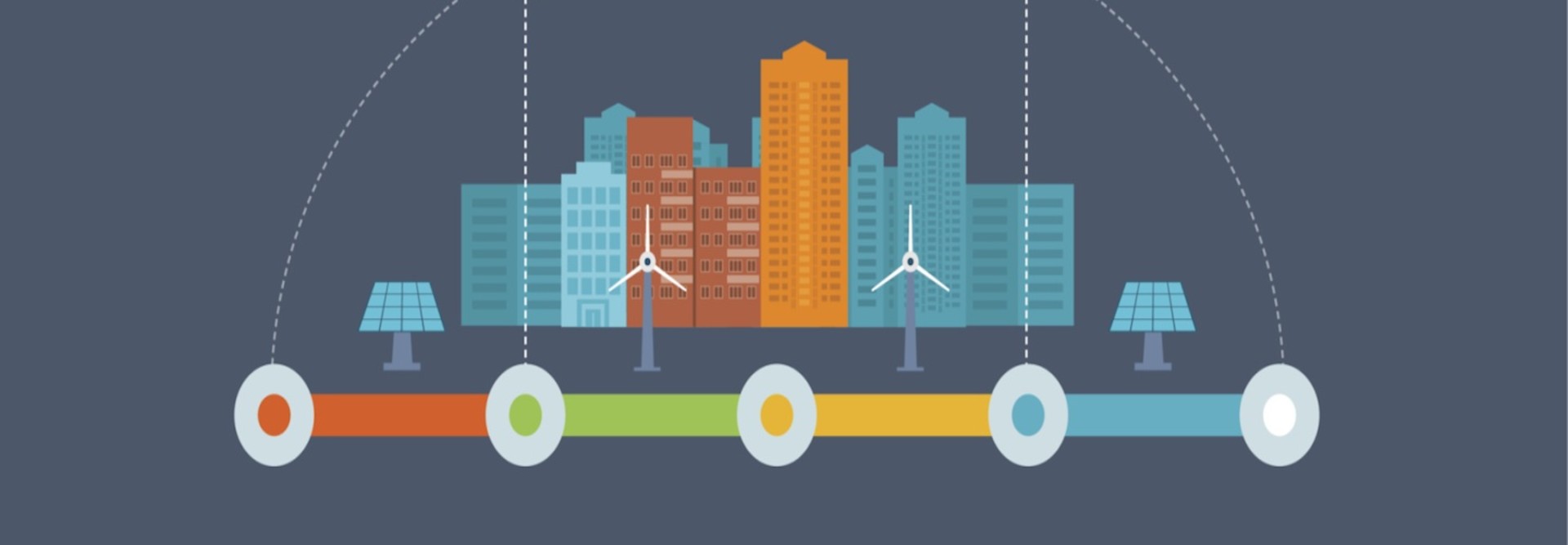Reducing Energy Use Can Pave Way to Becoming a Smart City
With the value of smart-city technology anticipated to reach $27.5 billion by 2023, the number of smart cities is expected to climb to 88 by 2025, according to the New Jersey Institute of Technology. One step cities can take towards joining the smart-city ranks is better management of their resources.
The transition to becoming a smart city will be easier if city employees practice more efficient use of water and energy, StateScoop reports. Smart Cities Council Executive Director Philip Bane said he believes reducing consumption will make it easier for states to adopt smart-city technology. However, there’s still one obstacle.
“The problem is getting human beings to change the way they operate and change the way they work,” StateScoop reported him as saying at the National League of Cities’ Congress of Cities conference.
San Francisco has tapped into the Internet of Things’ numerous possibilities by creating a citywide IoT network. Pittsburgh is tracking energy that municipal buildings use, and Bane noted that even such simple measures as using automated lighting systems to shut off lights in unoccupied buildings at night make a difference. In addition, Kansas City, Mo., plans to use smart-lighting and smart-water technology to improve operations. All three examples exemplify how Bane says IoT technology “allows you to collect stories that can drive your city to success.”
A future with more smart cities and more IoT devices in use is inevitable, but cities can pave the way now by changing their methods of consumption and energy use.









